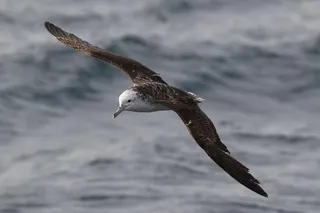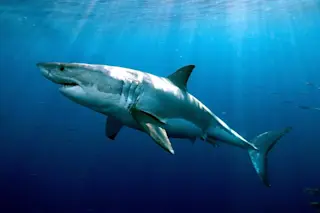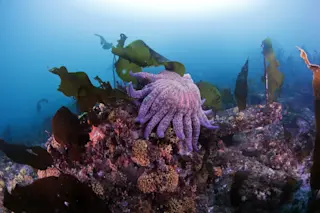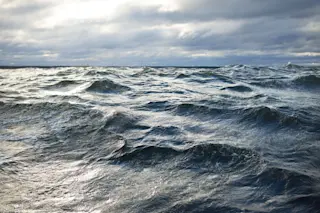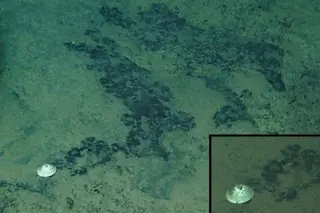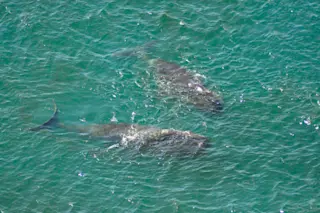They’ve been called the crop circles of the ocean floor—seven-foot diameter patterned circles that were first spotted in 1995 off the coast of southern Japan. But their origin was an enigma, and local divers termed them “mystery circles.”
The mystery persisted until 2011 when the culprit, a male pufferfish just five inches long, was finally caught in the act. And recently scientists studied the process of how the species creates these elaborate designs in order to woo females.
The research team observed a total of 10 construction events carried out by somewhere between 4 and 8 males. (Pufferfish don’t have very memorable faces, apparently.) Males spent seven to nine days building their respective circles by repeatedly swimming in and out of the circle, using their fins to dig valleys in the sandy bottom.
Aesthetics were clearly important. The spirograph pattern was meticulously created and males were observed decorating the peaks ...








